Osmanthus is a flower traditionally recognized by ancient people as a heart-soothing flower. When in full bloom, its flowers emit a fragrant and soothing aroma. It can also be dried to make Osmanthus cake, Osmanthus wine, and other delicacies, which are known to have benefits such as relieving phlegm and coughing. For homes with gardens, Osmanthus can be passed down through three generations, symbolizing longevity.
In terms of care, its flowering period is usually in autumn, and it thrives in temperatures between 15 and 28°C. It prefers slightly acidic and fertile soil. During autumn and the rainy season, it’s important to frequently ventilate the area by opening windows. Watering should be moderate, maintaining moist soil without letting it stay overly waterlogged.
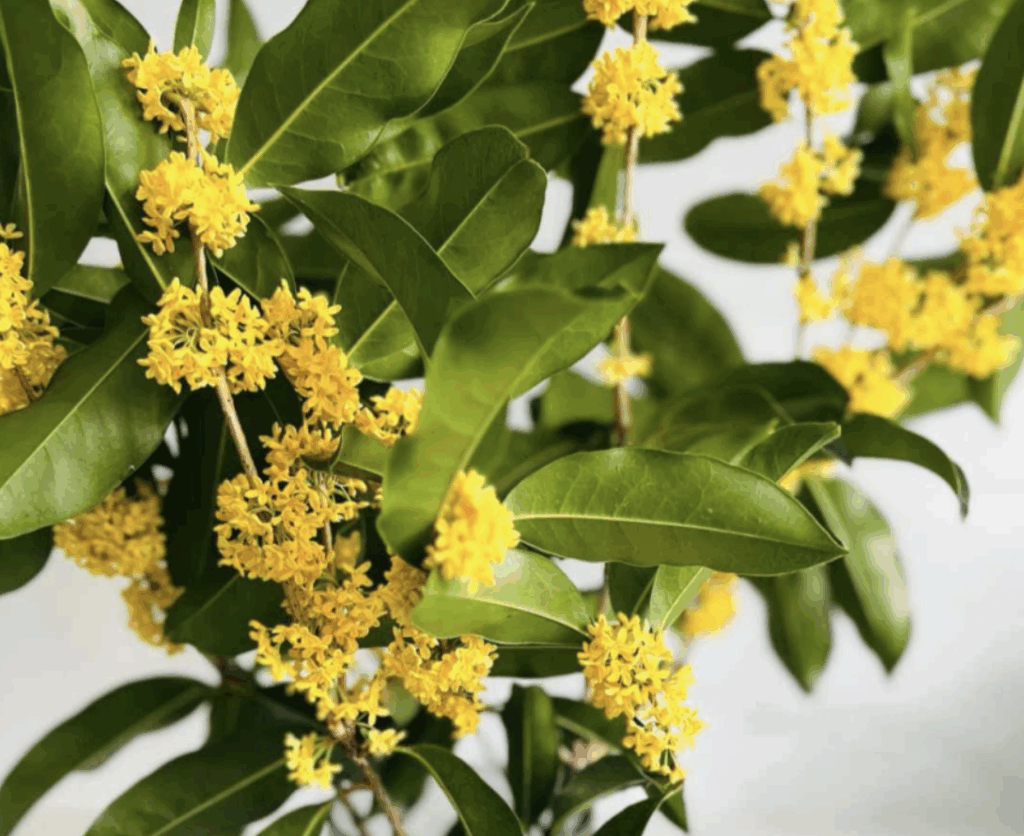
Ginkgo
Ginkgo is a popular plant among retired workers because it is easy to care for and can live for at least 20 years in a small pot. The whole tree is beneficial; its fruit is white and contains proteins, fats, and starches, which in traditional Chinese medicine are believed to have benefits such as moisturizing the lungs, relieving coughing, and improving brain function.
For care, Ginkgo grows during the spring months of April to May. It prefers soil rich in organic matter, and it can benefit from adding sandy soil to improve drainage when there is excessive watering. Watering should follow the rule of "wet when dry," ensuring the soil is soaked when watered.
Small Leaf Rosewood
Many people who browse through ancient books may have come across the name of Small Leaf Rosewood. It is recorded as a “sacred tree,” and having it in the home is believed to bring peace, eliminate disasters, and even attract wealth. This wood can live for hundreds of years, growing extremely slowly.
In terms of care, the most common form found in the market is the potted Small Leaf Rosewood. It should not be exposed to direct sunlight and should be placed in an area with scattered light. It prefers a humid environment and grows best when the temperature is maintained above 25°C. For soil, it is recommended to use specialized bonsai soil. Watering should follow the rule of "wet when dry," ensuring that the soil is not overwatered, as excessive watering can cause the leaves to yellow and wilt. During the spring and summer months, fertilize every 25 to 35 days. No fertilizing is needed during the other seasons.

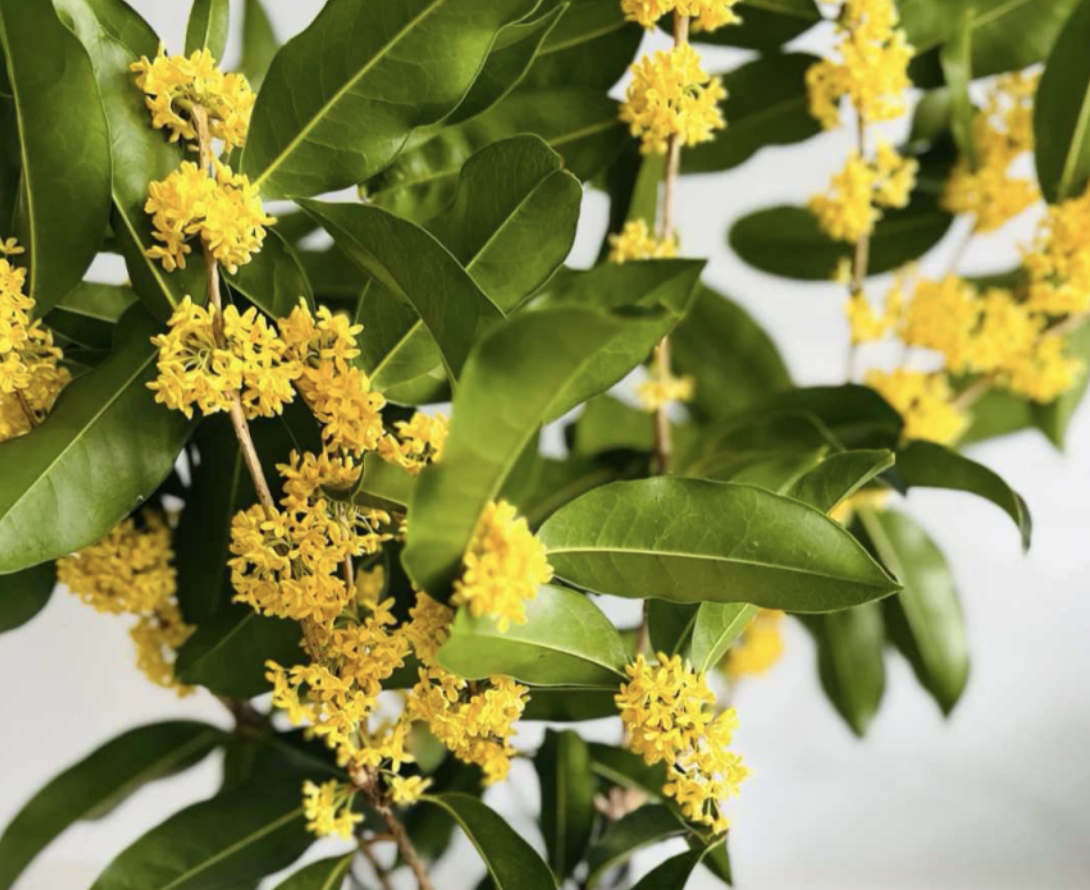
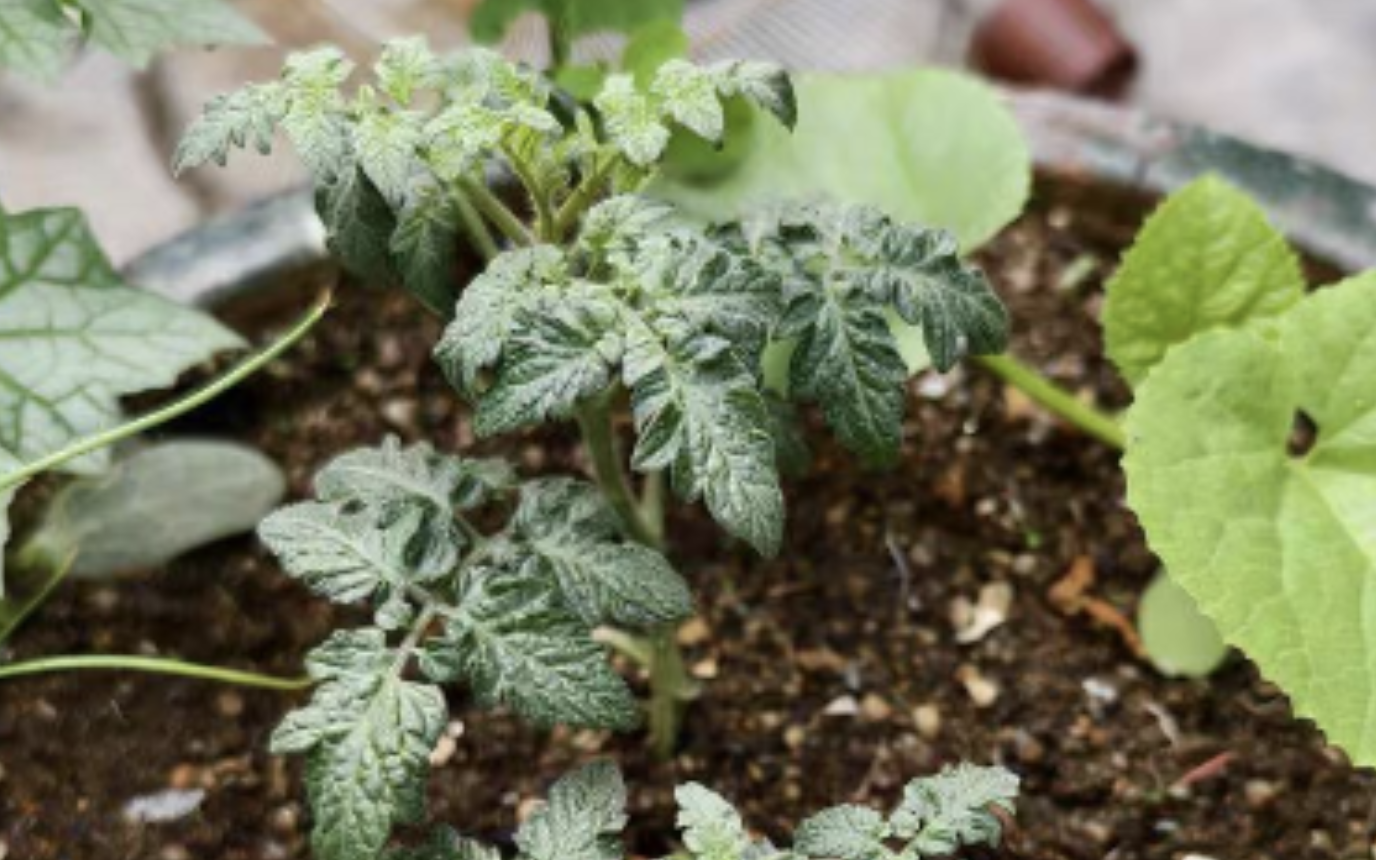
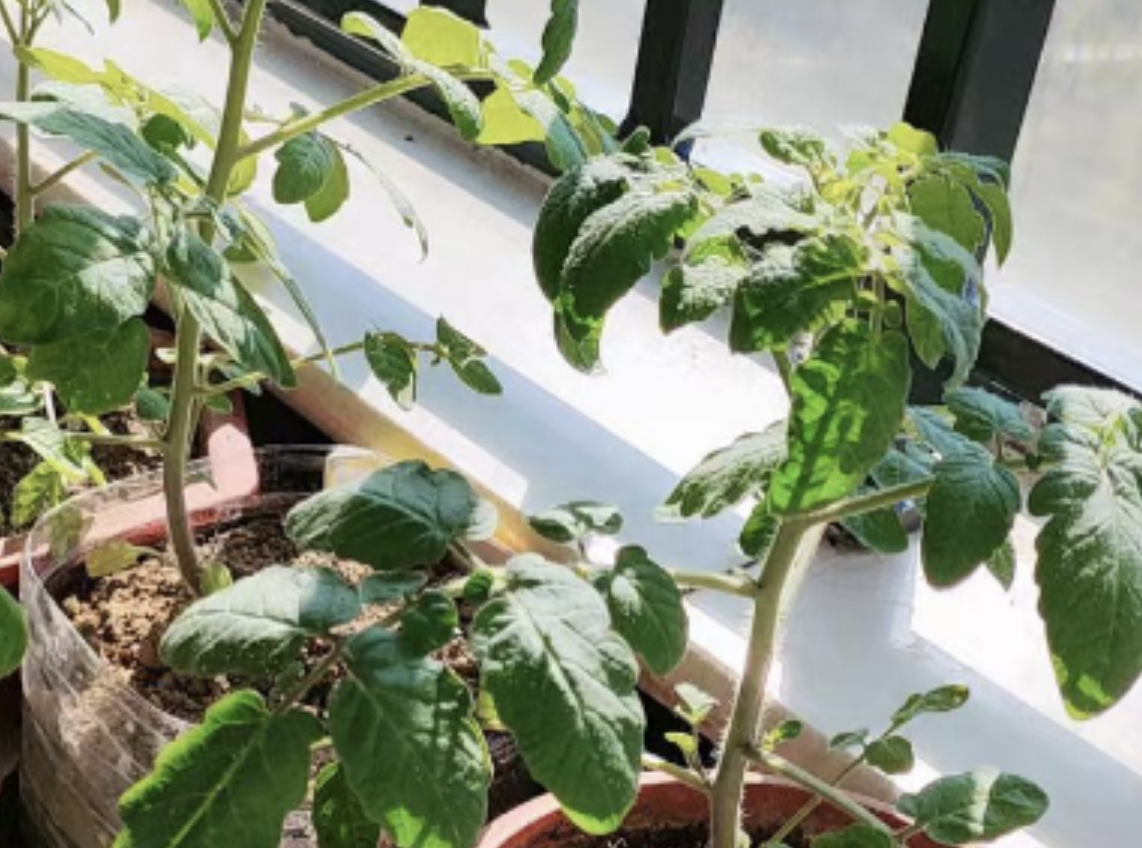
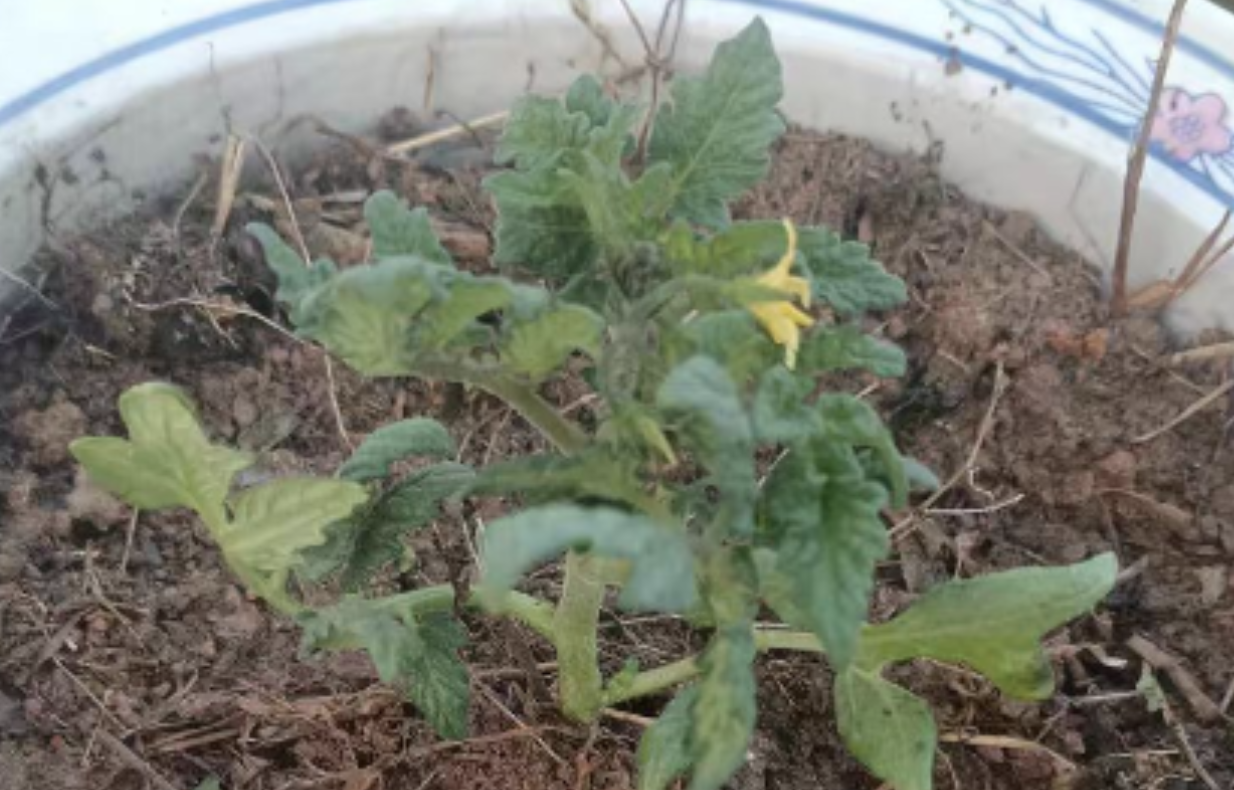
Leave a Reply